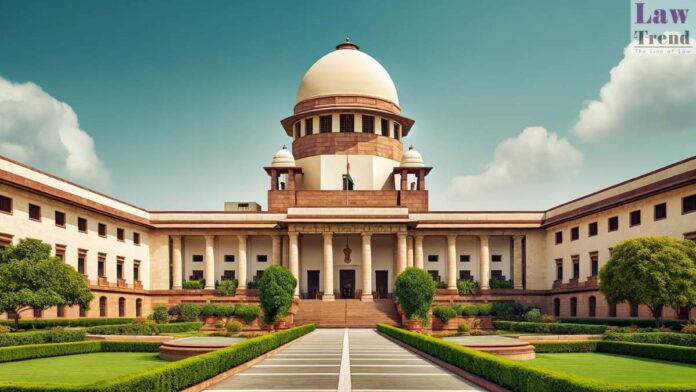The Supreme Court of India, in a significant ruling on judicial appointments, has held that a vacancy arising from the non-approval of a recommended candidate by the Governor must be filled by the next eligible candidate from the same merit list. The Court clarified that such a vacancy cannot be treated as an “unforeseen vacancy”
To Read More Please Subscribe to VIP Membership for Unlimited Access to All the Articles, Download Available Copies of Judgments/Order, Acess to Central/State Bare Acts, Advertisement Free Content, Access to More than 4000 Legal Drafts( Readymade Editable Formats of Suits, Petitions, Writs, Legal Notices, Divorce Petitions, 138 Notices, Bail Applications etc.) in Hindi and English.




